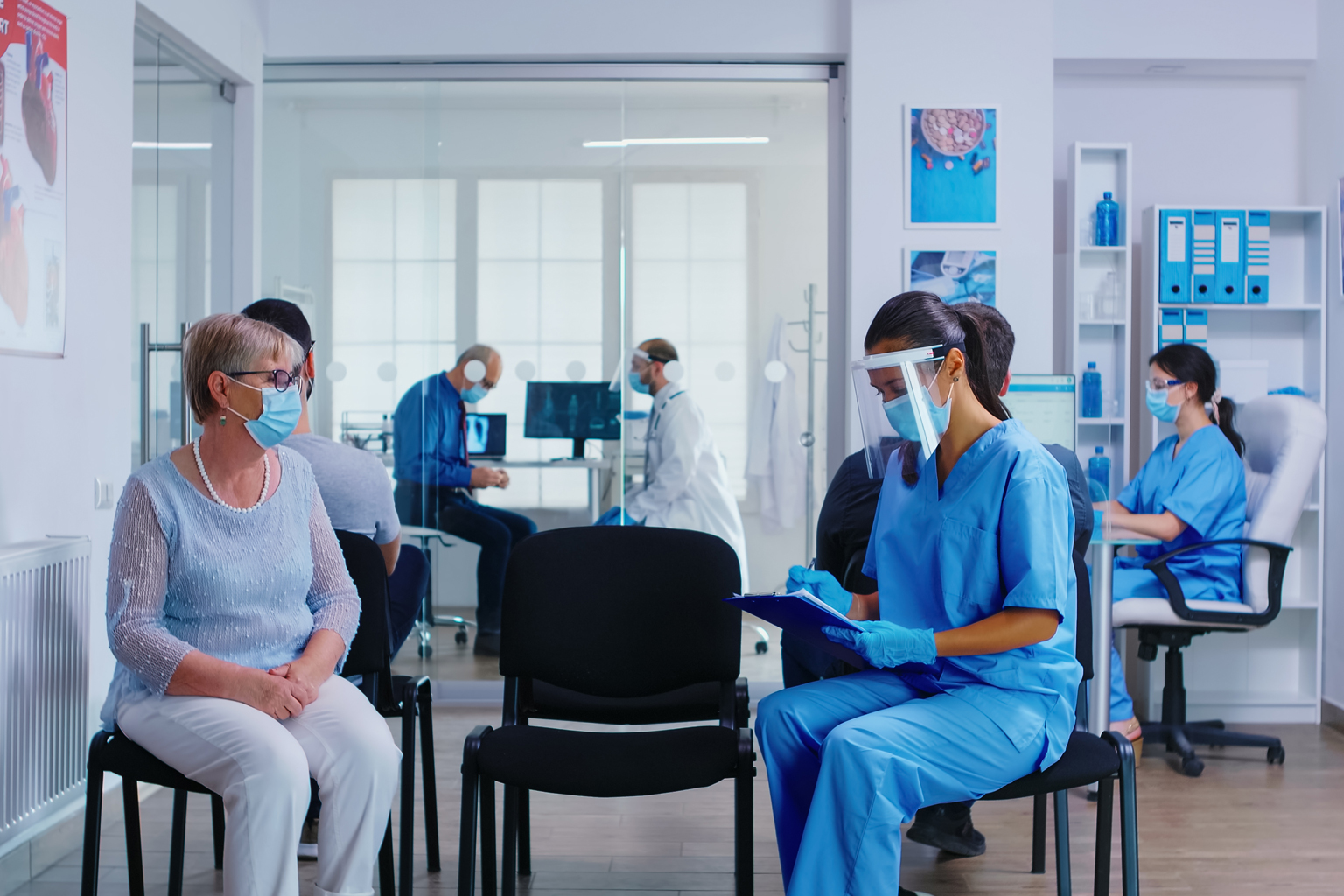In the midst of the pandemic, it was quickly apparent that changes to staffing models were needed. One facility, Beth Israel Deaconess Medical Center (BIDMC) experimented with staffing models following the spring 2020 surge in Covid-19 cases. At the peak of the surge, Covid-19 positive inpatient census at BIDMC topped 209 patients.
As hospital operations were impacted, nursing leadership needed to figure out how to continue to meet patient care goals while staff members, resources, and space for patients were reduced. A recent article in Nursing Management describes how BIDMC nursing leadership adapted to build surge capacity plans, optimize resources, and care for growing numbers of Covid-19 positive patients.
Modifying current practices to serve Covid-19 patients
As the pandemic continued and patient numbers climbed, nurse leadership developed a new staffing model that promoted teamwork, maintained high-quality patient care levels, and ensured the safety of all hospital staff. However, nurse leaders were unsure how great the demand for care would become. Additionally, they recognized that, in this unprecedented health crisis, staffing resources might decline to the point where meeting patient needs could be difficult.
With these considerations in mind, leadership determined that the new model should optimize all bedside nurses’ ability to practice at the top of their license while receiving support from non-nursing staff. The new model had several key elements:
Administrative and clinical support
Nurse leaders, including nursing directors and nurse specialists, rounded frequently on Covid-19 units to support changes leading to the implementation of the new staffing model. These supportive measures included coaching, management of unit administrative tasks, development of care plans and goals, and hands-on clinical support.
Improved team communication
Nurse leaders used frequent huddles to inform staff nurses about changes in acuity or operational changes. Improved situational awareness enabled staff members to respond quickly and competently to the most acute patients. Also, staff were informed on the successes the hospital experienced in COVID-19 care, which helped boost morale and allowed some small measures of celebration.
Reassigning support roles
Patient care technicians (PCTs) and runners were vital to the model’s development. They were often reassigned from other areas of the hospital to help care for Covid-19 patients. Additionally, staff from the OR, cardiac catheterization lab (CCL), and gastrointestinal (GI) unit were redeployed as nurses on Covid-19 med/surg units. Other supportive personnel, such as physical therapists, OR technicians, and medical assistants, were also reassigned depending on their expertise, since many elective and outpatient procedures were cancelled or postponed.
New staffing patterns
BIDMC divided the new staffing model into three phases, each designed to support increased patient care requirements. Normal operations relied on a 1:3 nurse-patient ratio, while contingency operations were modified to use a nurse-patient ratio of 1:4 with increased use of non-nurse support roles. Emergency operations allowed nurses to work at the top of their licenses with a 1:5 or 1:6 nurse-patient ratio and a variety of non-nurse extender support roles.
Preparing new med/surg units
As the volume of patients increased, it became obvious that designated med/surg units were not spacious enough, especially as private rooms became scarce due to infection control procedures. Alternative med/surg suites were prepared in the radiology care unit, CCL, and two GI procedural centers.
This is only one hospital’s experience, but making these changes increased overall hospital responsiveness during the spring 2020 surge from 58.9% to 63.5%. Currently, BIDMC is experiencing a second surge of Covid-19 positive patients, and they continue to operate in the normal operations phase. Thanks to the new model, this phase can be quickly and easily modified to contingency or emergency phases as needed.


